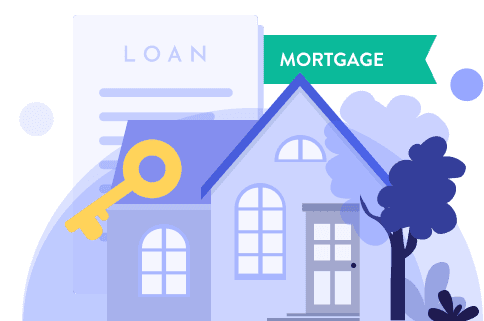A home equity line of credit (HELOC) lets you borrow against your home's equity. HELOCs work like credit cards, offering a revolving credit line based on your home's value minus your outstanding mortgage balance.
Your home is likely one of your biggest investments. A HELOC lets you tap this equity for home improvements, debt consolidation or college expenses.
MoneyGeek's calculator estimates how much you can borrow, your potential monthly payments and your loan-to-value (LTV) ratio.




